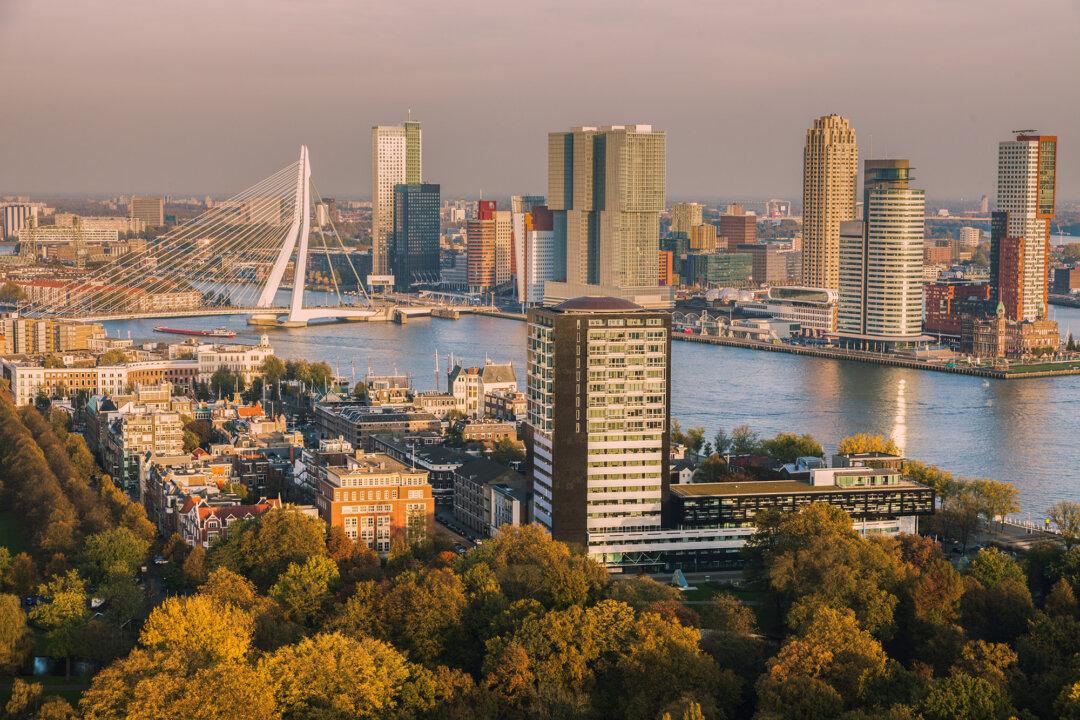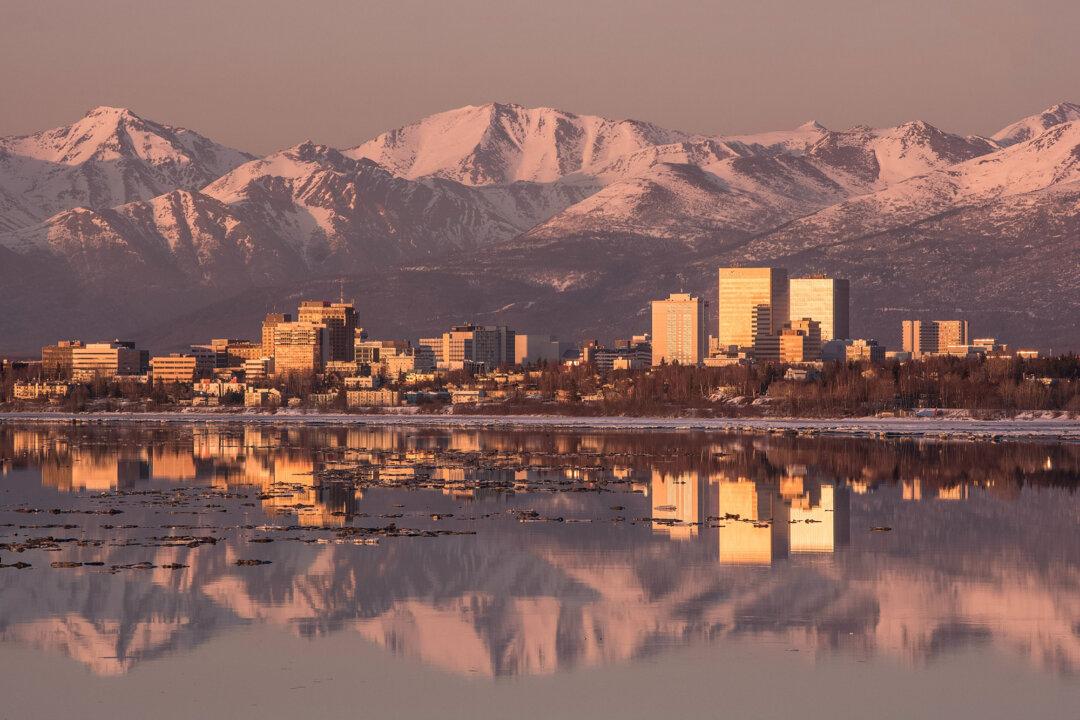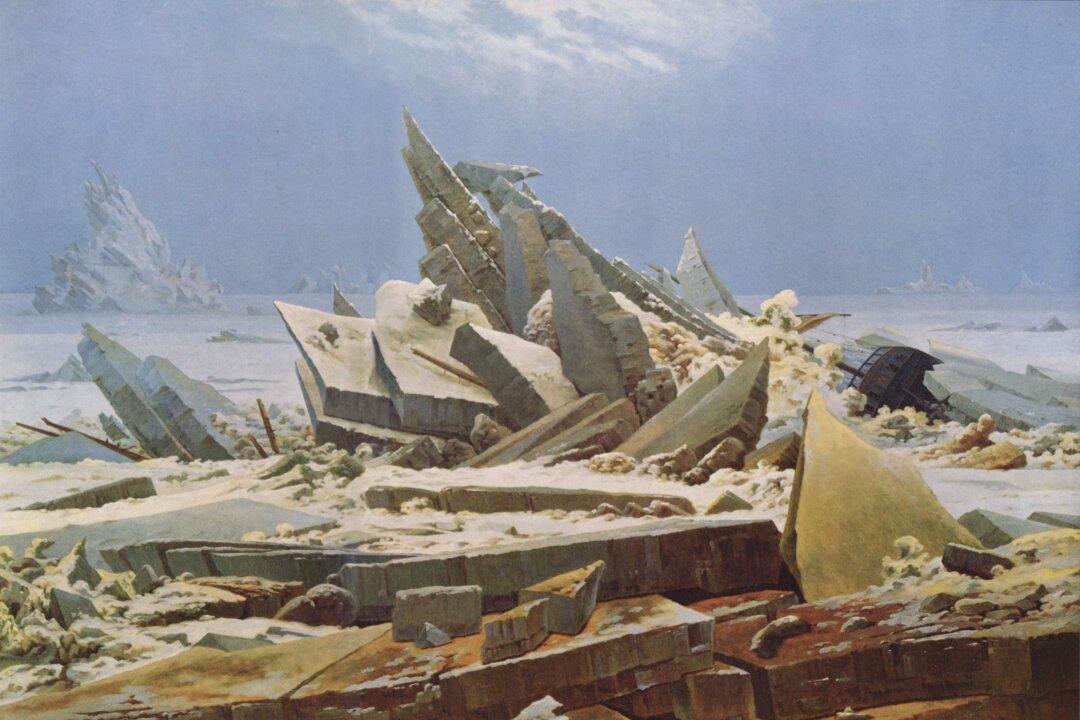I have never been to the moon, or any other planet beyond, of course, Earth. But I do know what it’s like to land on terra incognito, and enter a landscape that is—literally, mostly—unknown. To be surrounded by the alien.
When you steam south from Ushuaia, as most Antarctica-bound ships do, you have no idea and can’t even fathom, what lies ahead. The world’s southernmost city, Ushuaia is Patagonia-pretty. Colorful shops selling outdoor gear line an undulating Main Street. Restaurants along the waterfront do brisk business in crab leg dinners. Seen from the water, the whole place climbs a rise, backdropped by snow-capped mountains. There’s a famous Argentinian national park just nearby, for picnics and daylong hikes.





